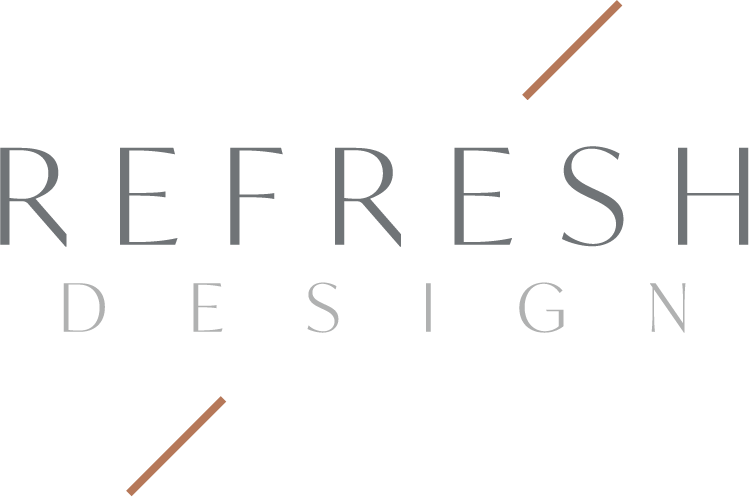Hi, I’m
Amy Pottenger!

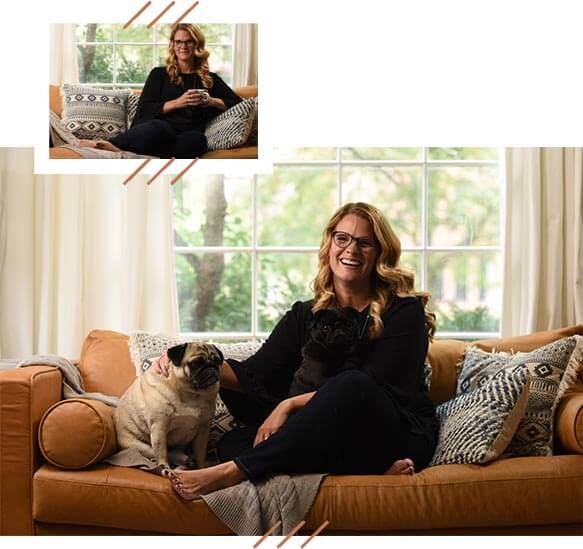
I know first hand what it’s like to be running a business while raising kids and cultivating a thriving marriage. It’s a lot.
It’s my mission to use my 15+ years of experience to create a lifeline for entrepreneurial mamas, helping them realize the homes of their dreams.
Join me
Read more
Stay Home Design Tips Series: Kids Rooms
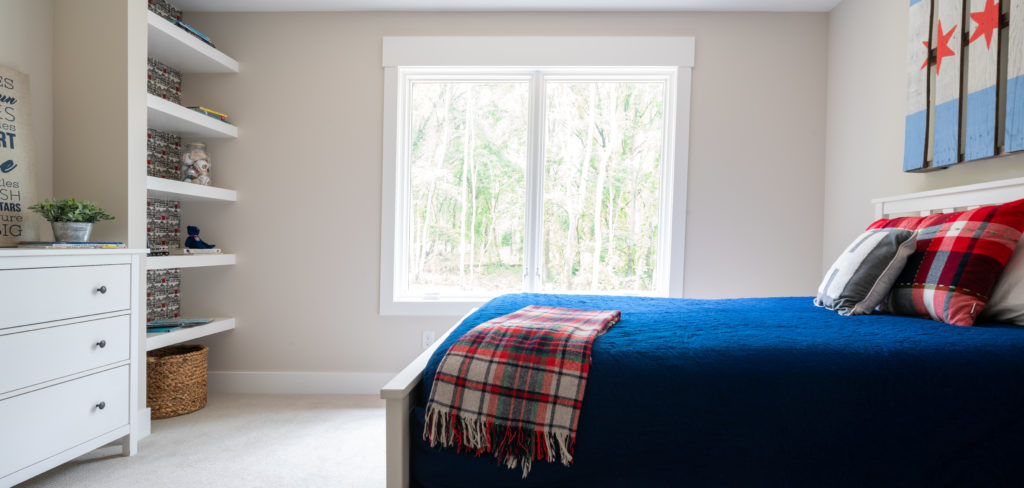
Wall Color: Benjamin Moore Pale Oak, Trim Color: Benjamin Moore Chantilly Lace (Photo by Jonathan Thrasher Photography, for Refresh Design)
** You can also watch our original instagram live videos from our #stayhome series. Kids room tips, part one + part two
A common question I get asked: How do you create a room for your child that will grow with them, is fun, reflects their interests and is functional but doesn’t feel like a crazy explosion of neon toys? Here’s a collection of some of my favorite tips when designing your child’s room:
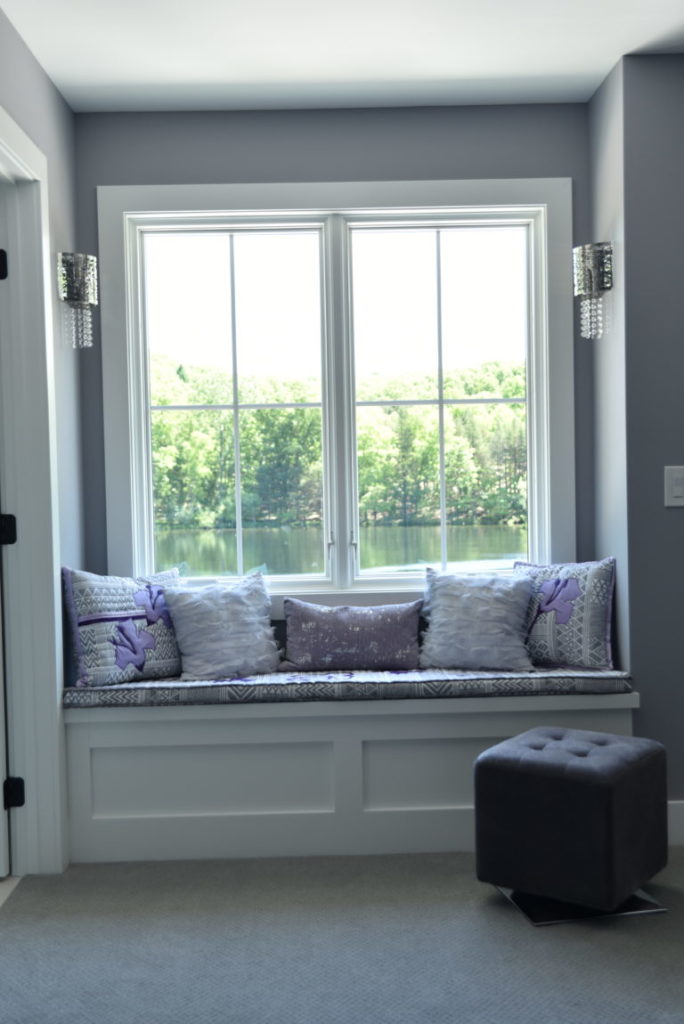
WALL COLOR: My favorite colors for kids spaces are often light and neutral. Calm colors are so great for kids bedrooms, such as white, blues, greens, or tinted whites. Why? A couple reasons- first, if your backdrop is neutral, then you can add color in, intentionally, like the bathroom photo from one of our projects shown below.
Second, the toys/books/random things children love and play with are so often brightly colored, that it gives a nice visual break to use a neutral or softer color on the wall.
Think of the wall color in your child’s room like the backdrop for the space- you want it to blend and mix cohesively with the other elements in the room and not cause more chaos!
Here are some examples of some of my fave kids room colors:
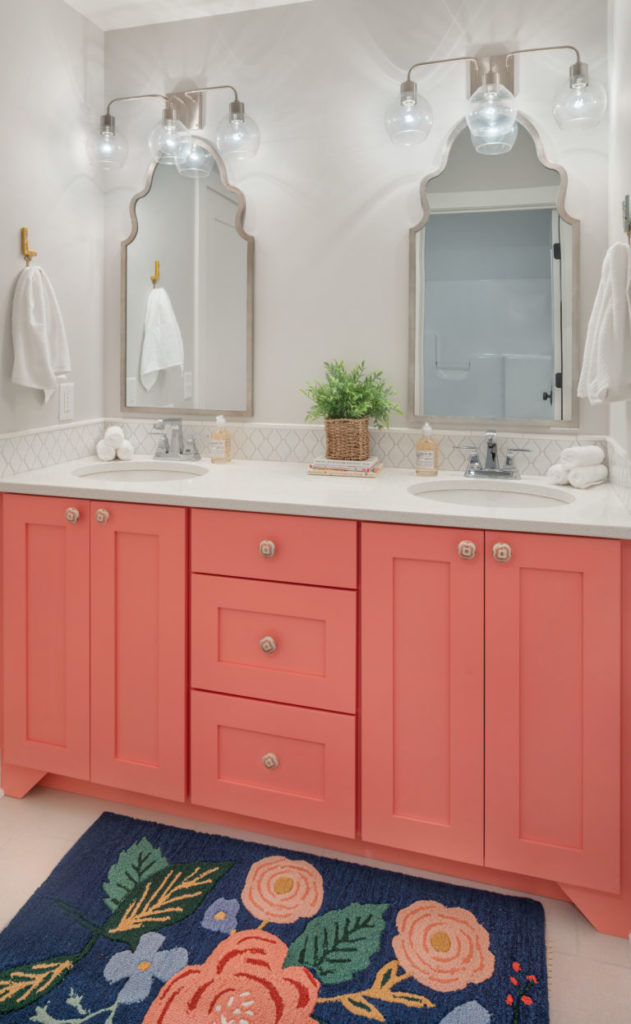
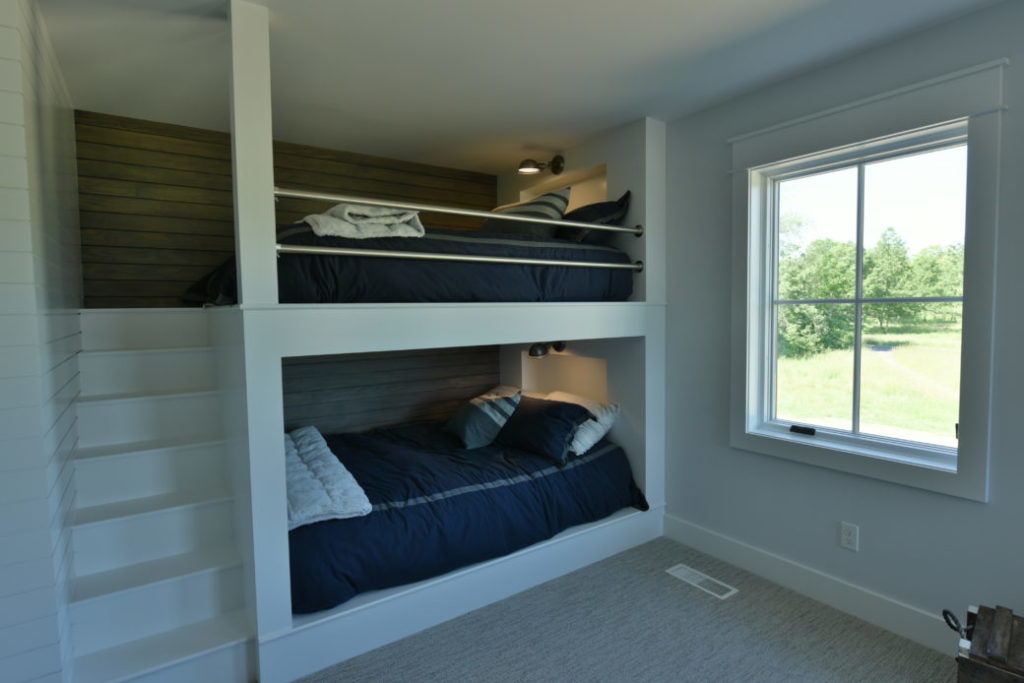
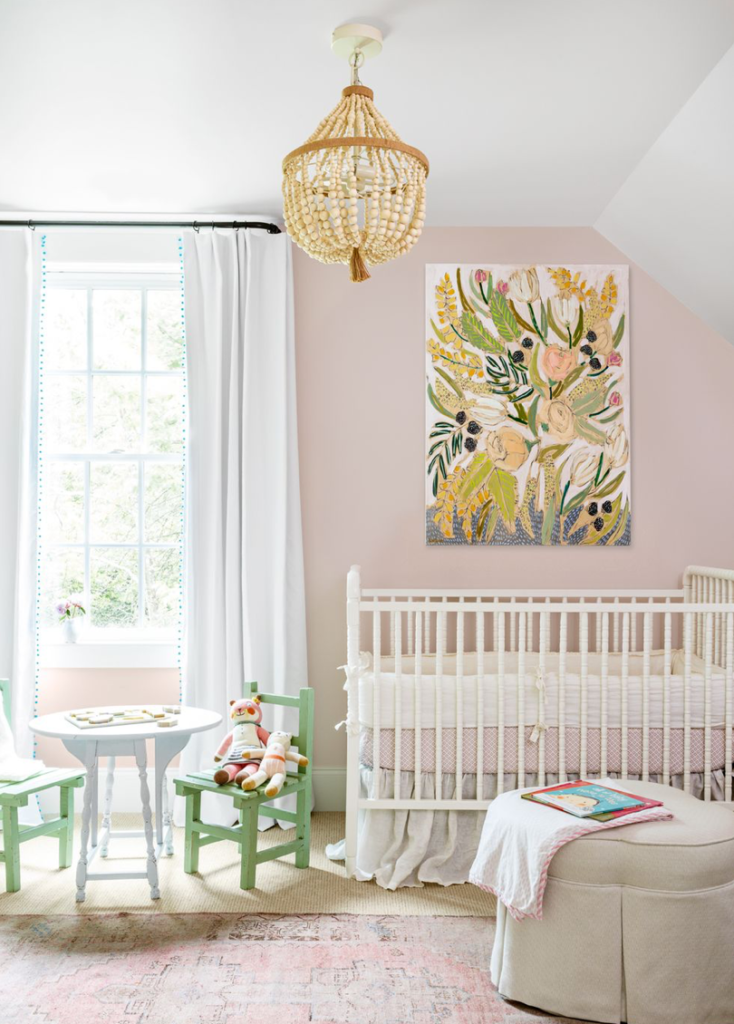
STORAGE: To display all of the things your kids collect- books, legos, dolls, etc- I like to use shelves so they can set up their own changing display. By letting them set up their shelves with items that can be played with, it creates ownership in the space for your child as well as providing a unique display of their interests. Have them pick a special selection of toys to put on the shelves and rotate them.
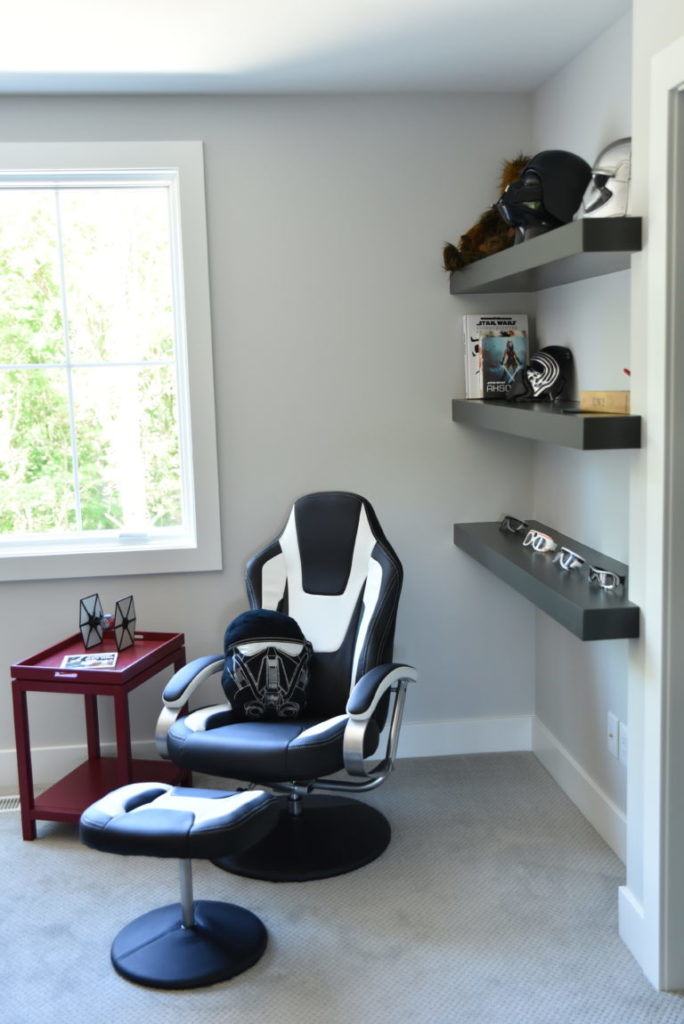
(Image via Refresh Design)
If you have toys or items that you don’t want to look at, I like to use some closed cabinetry, or purchase some cute baskets to put on open shelves- wicker or fabric ones work great. I love using the taller bins for stuffed animals. The beauty of using shelves + bins is that they can grow with your child and the items they store on them can change too as they get older or change interests.
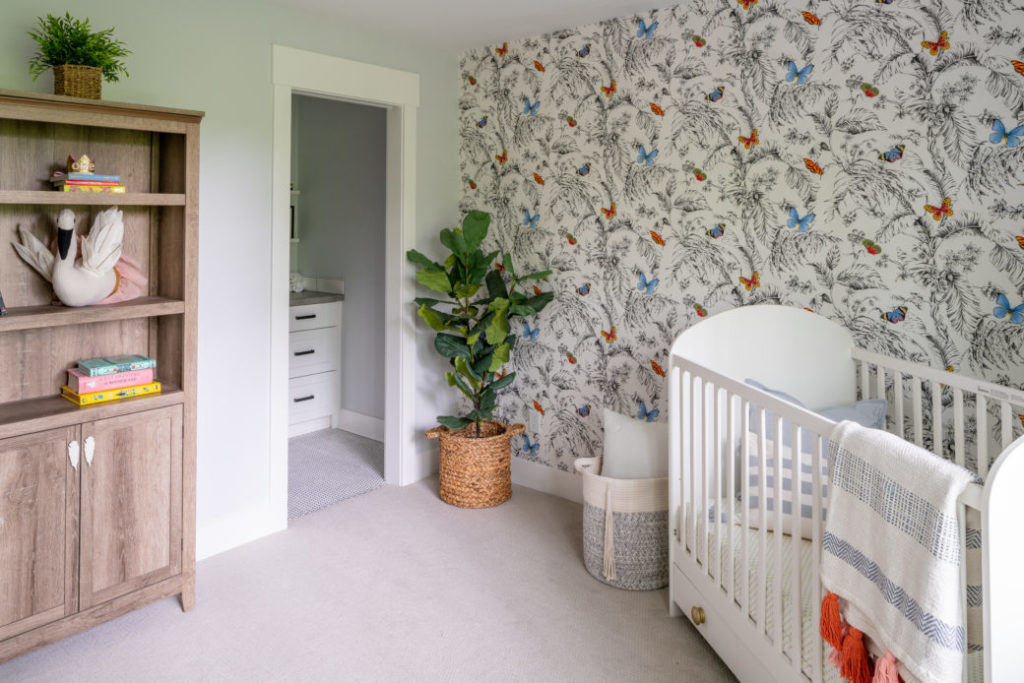
ARTWORK: You might not need to purchase much artwork for your child’s room- frame their masterpieces! Not only is this an inexpensive way to decorate, it’s also a confidence booster for your child to see their works on display.
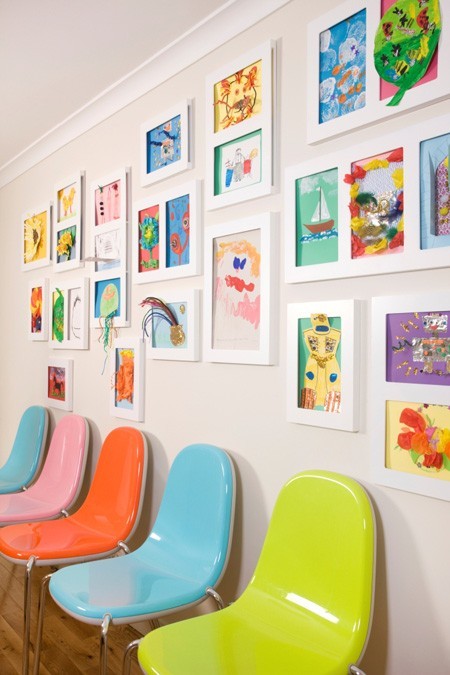
Give your kids some blank white paper and paint, and once their art is created, use inexpensive frames from Ikea or Target to create a gallery wall. Pro tip: give your kids 3-5 different colors to use that will coordinate with what’s already in their room.
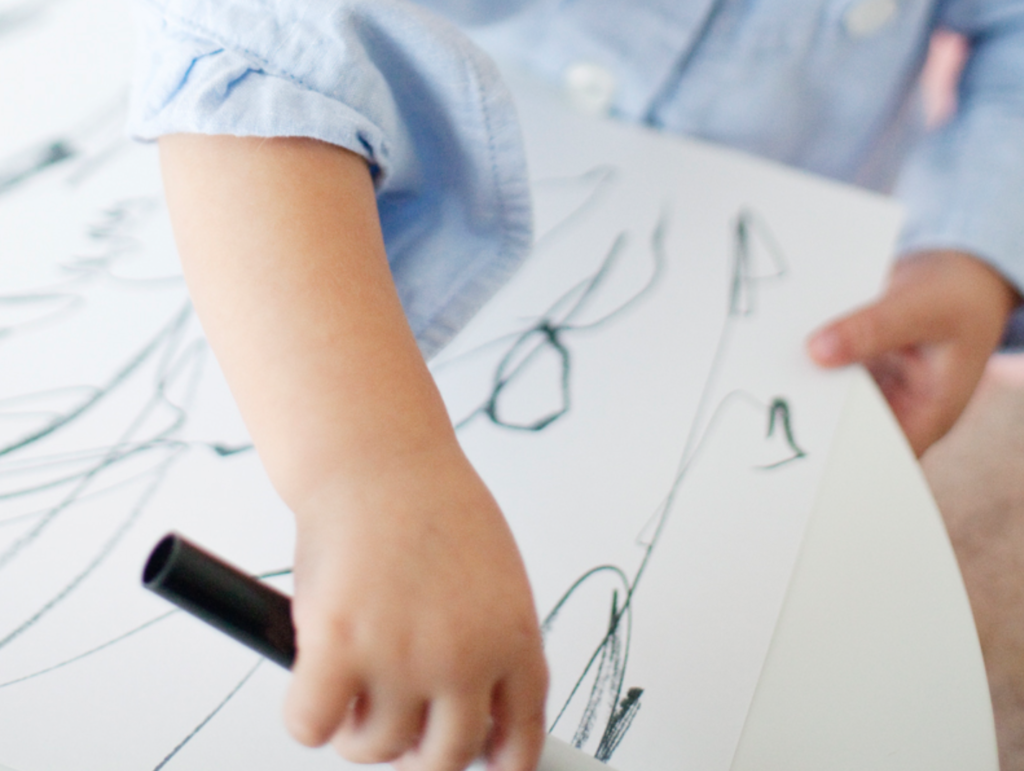
Great locations for these kid-created gallery walls: mudrooms, hallways, play rooms, laundry/resource rooms, kids bedrooms or kids bathrooms.
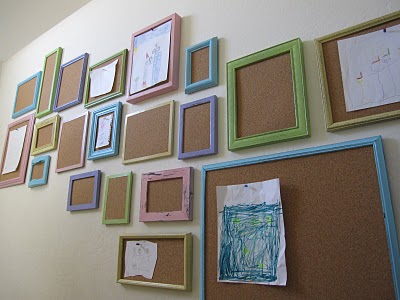
Another way to display art is with magnet boards or pin boards. These are easy to switch up, so let your kids help choose which art they want to show off. I also like using the wire with a clothes pin clips to hang art. A more permanent option would be to create a custom-sized magnet board with trim or pin board with fabric to display art and other important family items.
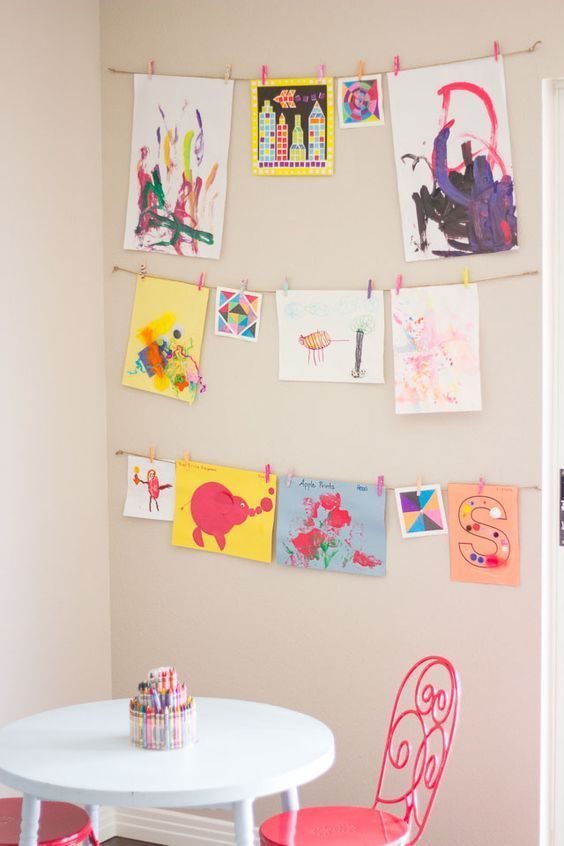
What to do with the art you don’t display? Instead of creating piles on your kitchen counter, instead take some quick phone photos and make photo books of your kids art so you don’t have to save it all, but have a way to remember it! These are so fun to look at later with your kids.
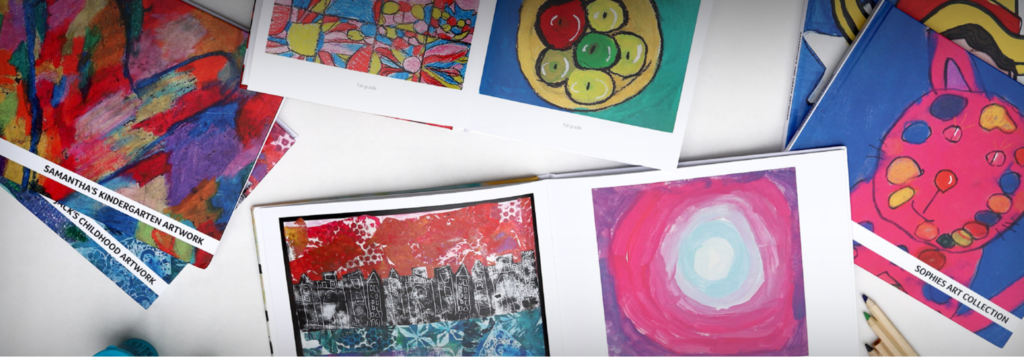
SPECIAL NOOKS: Why not take a boring corner in your house and make a reading nook? Hang up a fabric curtain (this could even be a sheet or fabric shower curtain!), some fairy lights (or Christmas lights from the attic!), a pile of pillows or a bean bag propped up by the wall and a blanket, and you have a fun customized kid space using items you probably have around your home. Places to put a reading nook: underneath a loft bed, in an under-stair storage space, in the corner of the playroom or your child’s bedroom.

I hope these ideas get you well on your way to a functional + beautiful kids space that will grow with your family through the years!
XO ~Amy
